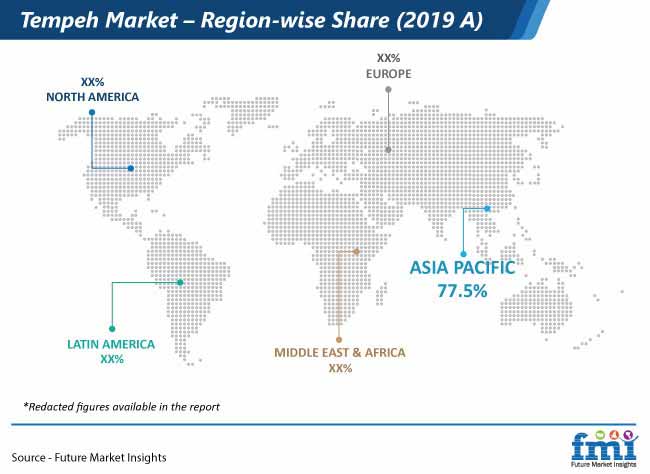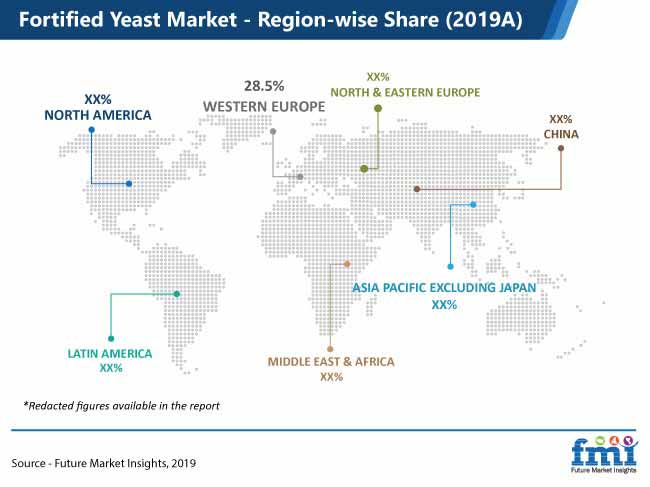Some of the players in the thoracic vascular stent grafts market includes Medtronic, Jotec GmbH, Cook medical, MicroPort Scientific Corporation, Terumo Corporation and others.
The research report presents a comprehensive assessment of the market and contains thoughtful insights, facts, historical data, and statistically supported and industry-validated market data. It also contains projections using a suitable set of assumptions and methodologies. The research report provides analysis and information according to market segments such as geographies, application, and industry.
Thoracic vascular stent grafts, also known as thoracic vascular aneurysm repair is a surgical procedure carried out as an alternative to conventional surgery for the repair of aortic aneurysm. Thoracic aneurysm is a bulge in the major artery form the heart which dilates the diameter of aorta greater than 150%. This may leads to rupturing or tearing and subsequent internal bleeding. It is usually located in ascending aorta, aortic arch or descending thoracic aorta. The condition is detected by chest x-ray or CT scans. Various factors are responsible for the disease to occur such as atherosclerosis, hypertension, inherited disorders, smoking, trauma etc. The disease usually has no symptoms in most of the cases. The procedure for thoracic vascular stent grafts is performed by both radiologists and surgeons under general anesthetic or spinal anaesthetic. These thoracic vascular stent grafts consists of synthetic fabric tube (graft) with metal scaffold (stent) which are placed inside the thoracic aorta with the help of a delivery catheter. The whole procedure is guided by using advanced imaging methods. This reduces the pressure in aneurysm by forming a new path for blood flow.
Thoracic vascular stent grafts represents the only option for elderly patients who are not able to withstand the traditional surgery procedure.
Thoracic Vascular Stent Grafts Market: Drivers & Restraints
Government funding for the development of cost effective healthcare solutions, increase in geriatric population, increasing lifestyle related disorders, improvement in diagnostic services are some of the driving factors for the market growth of thoracic vascular stent grafts. Preference of minimal invasive procedures over the conventional surgery because of less pain, less hospitals stay, less blood loss and low risk of death also supports the market growth. Along with this, increasing number of commercially available different types of thoracic vascular stent graft designs also promotes the market growth. However, poor access to diagnosis in low income countries, lack of trained personnel, and lack of evidence in long term results limits the market growth for global market of thoracic vascular stent grafts.
To remain ahead of your competitors, request for a sample – https://www.futuremarketinsights.com/reports/sample/rep-gb-5926
Thoracic Vascular Stent Grafts Market: Region-wise Outlook
Geographically, North America is the developed market for thoracic vascular stent grafts owing to the availability of better healthcare infrastructure facilities as well as health insurance plans. This is followed by the Western Europe region with EU5 leading the market share as per the current sales trend for these devices. Asia Pacific region represents strong growth rate because of huge potential available in the market with the increasing rate of aortic aneurysm due to rising incidences of diabetes, high rate of obesity and prevalence of lifestyle related disorders. As well as, improving healthcare services in the region also promotes the market growth of thoracic vascular stent grafts. Japan also represents a huge opportunity for growth with significantly increasing geriatric population. Latin America followed by Middle East & Africa holds the least market share as well as growth rate over the forecast period owing to the less developed healthcare facilities in these regions.
The report covers exhaust analysis on:
- Market Segments
- Market Dynamics
- Market Size
- Supply & Demand
- Current Trends/Issues/Challenges
- Competition & Companies involved
- Technology
- Value Chain
Regional analysis includes:
- North America (U.S., Canada)
- Latin America (Mexico. Brazil)
- Western Europe (Germany, Italy, France, U.K, Spain)
- Eastern Europe (Poland, Russia)
- Asia Pacific (China, India, ASEAN, Australia & New Zealand)
- Japan
- Middle East and Africa (GCC Countries, S. Africa, Northern Africa)
The report is a compilation of first-hand information, qualitative and quantitative assessment by industry analysts, inputs from industry experts and industry participants across the value chain. The report provides in-depth analysis of parent market trends, macro-economic indicators and governing factors along with market attractiveness as per segments. The report also maps the qualitative impact of various market factors on market segments and geographies.
Get a Tailored Made Report to Match Your requirements, Ask from Market Research Expert – https://www.futuremarketinsights.com/ask-question/rep-gb-5926
Segmentation by Product Type:
- Plastic Thoracic Vascular Stent Grafts
- Metal Thoracic Vascular Stent Grafts
Segmentation by End User
- Hospitals
- Ambulatory Surgical Centers
Report Highlights:
- Detailed overview of parent market
- Changing market dynamics in the industry
- In-depth market segmentation
- Historical, current and projected market size in terms of volume and value
- Recent industry trends and developments
- Competitive landscape
- Strategies of key players and products offered
- Potential and niche segments, geographical regions exhibiting promising growth
- A neutral perspective on market performance

